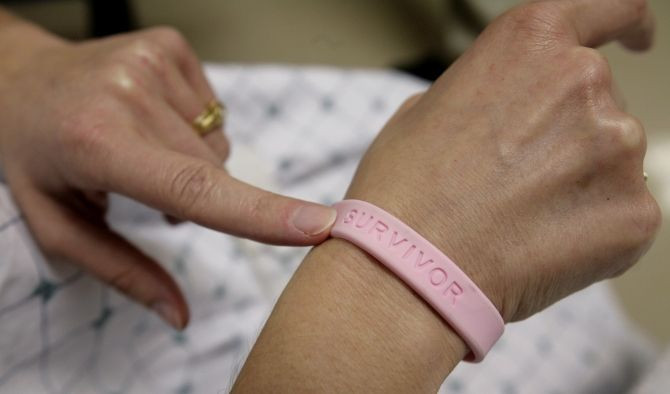New Type of Small Pox Virus Found to Be Effective Against Deadly Form of Breast Cancer

New research suggests that a form of the small pox virus can be used against a particularly deadly type of breast cancer.
Researchers from Memorial Sloan-Kettering Cancer Center (MSKCC) in New York City have shown that the small pox virus can be used to destroy triple-negative breast cancer (TNBC) cells.
This type of breast cancer is found only in about 15 out of every 100 cases and is more likely to occur in Hispanics or African-Americans. The cancer does not express the estrogen gene receptor, progesterone gene receptor, and HER2 receptor which disables the current treatment methods targeting these receptors and makes treatment of the disease more difficult. TNBC has been known to be aggressive and generally returns after treatment.
"We still don't have an understanding as to why this cancer is so aggressive and tends to recur after treatment," said lead author Sepideh Gholami, MD, from Stanford University Medical Center.
Co-author Yuman Fong, MD, research laboratory at MSKCC has been involved in studying viruses that can be targeted against this type of breast cancer. "The reason we used the vaccinia virus is that it is a member of the small pox family, and, as we know, small pox vaccine has been given to millions of people to eradicate small pox. So we thought it would be safer and more promising in terms of a clinical trial and actual application," Gholami said.
In TNBC, there is an increased rate of vascular endothelial growth factor expression - something that is known to help cancer spread faster in other parts of the body by getting more blood vessels to support them, researchers say.
In the study, researchers tested if the new vaccinia virus GLV-1h164, which carries a protein that targets vascular endothelial growth factor, would be effective in fighting TNBC. Researchers first tested the virus on cells in the lab, where it was able to kill 90 percent of the TNBC in about four days of treatment. Next, the virus was tested on mouse models, where it destroyed a considerable amount of TNBC.
"Based upon pathology, we could see that at least 60 percent of the tumors were completely regressed and the other 40 percent had very little areas of tumor cells present with a lot of necrosis, which is a sign that the tumor was responding to therapy," Gholami said. They also found that blood flow to the cancer was inhibited after treatment that stopped the cancer spread.
The study was presented on Monday at the 2012 Annual Clinical Congress of the American College of Surgeons.
Published by Medicaldaily.com



























